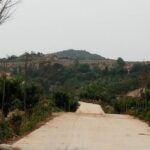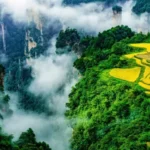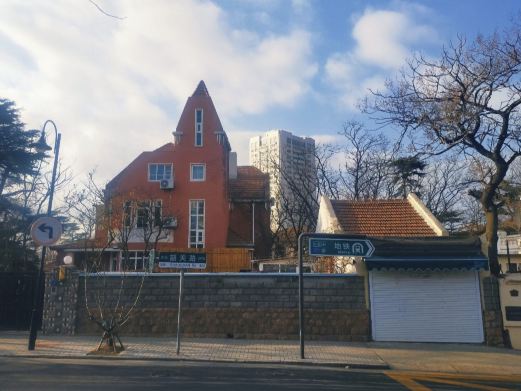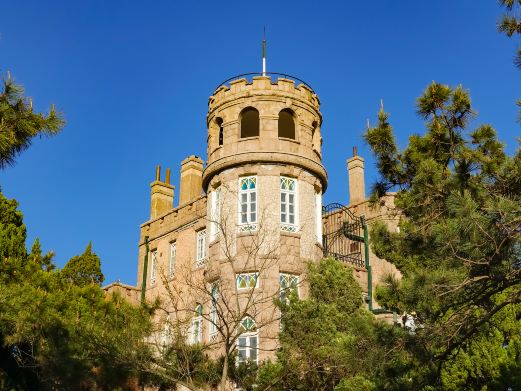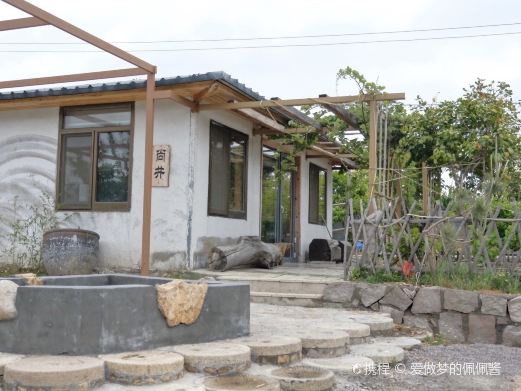Weishan is located in the western part of Zhangqiu City, at the junction of plain and mountainous areas. Although Weishan is not very high in altitude, it becomes a ‘high mountain’ towering in the surrounding plains. In 2001, the government decided to build a Weishan Scenic Area here and carried out afforestation within the scenic area. Later, Han Dynasty burial pits were discovered. The awareness of protecting cultural relics made the news of the Terracotta Army in Weishan quickly reflected to the relevant cultural departments through normal channels. The government and relevant institutions attached great importance to this discovery and established a joint archaeological team composed of Shandong Provincial Institute of Archaeology, Jinan Institute of Archaeology and Zhangqiu City Museum. It is said that three Han Dynasty burial pits were discovered in this excavation. Pit No. 1 is a pit for chariots, horses and warriors. Pit No. 2 is a pit for figurines related to the life of the tomb owner. In addition to stone coffins and wooden coffins, some pottery pots and basins and other artifacts were unearthed in Pit No. 3. In addition, thirty or forty arrowheads and some stone balls of unknown use were also found. Due to the collapse of the cover plate, the pits are severely damaged with broken chariots, figurines and horses. The pits also contain more than 170 pottery figurines, four pottery carriages, nearly a hundred shields, etc. Drum stands and small drums, jade discs, pearls, chimes and other pottery relics related to drum music and etiquette systems were also found. The pottery products found at the Terracotta Army in Weishan are painted. They are not only colorful but also lifelike and seem very distinctive. Open all year round, open all day.
Weishan Scenic Area
Weishan is located in the western part of Zhangqiu City, at the junction of plain and mountainous ar[...]



